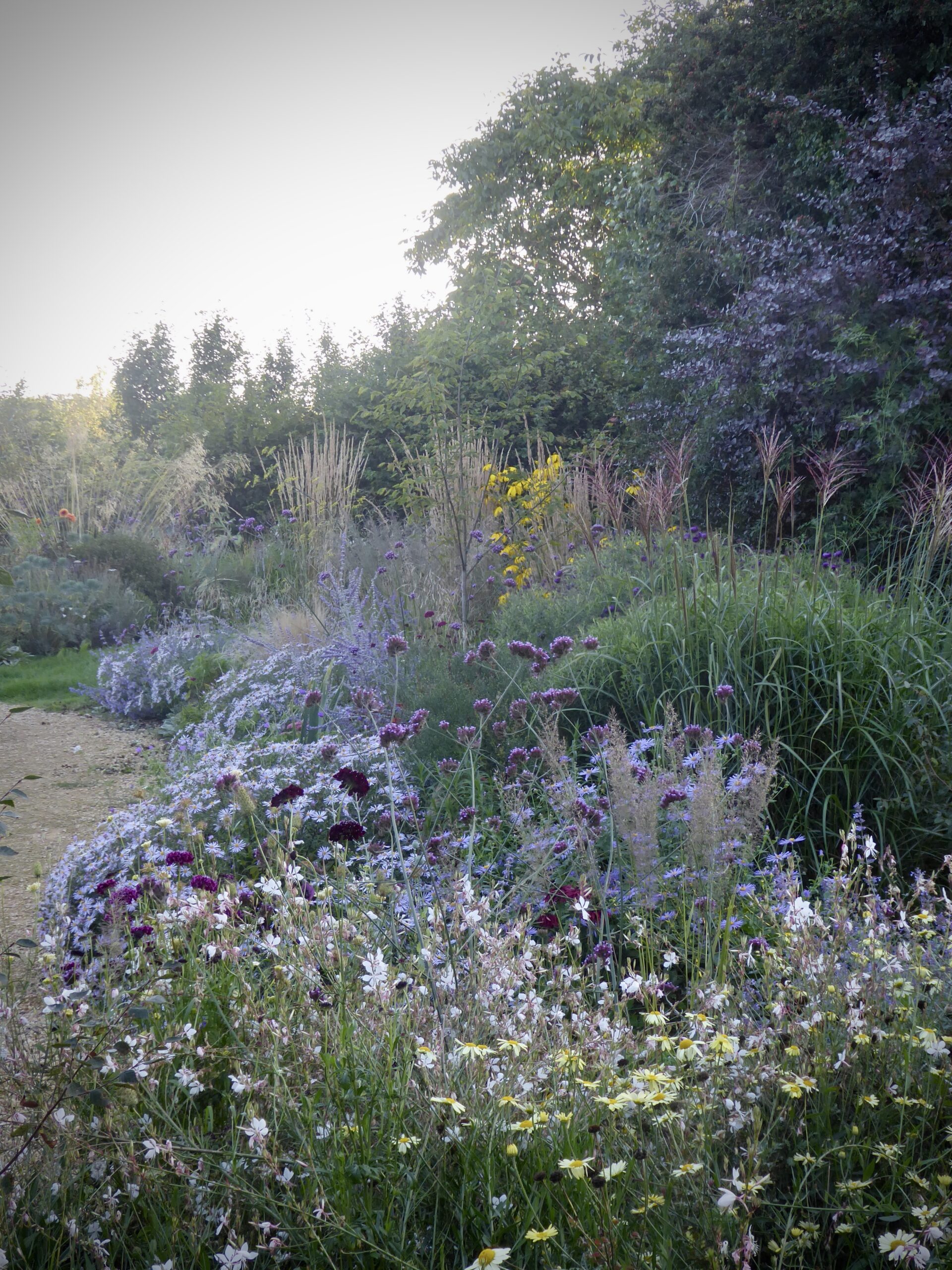You’d suppose selecting vegetation was straightforward sufficient—merely uncover these you want, appropriate? And for single specimens in a pot or a monoculture of, say. roses or hydrangeas, it is so simple as that.
Nonetheless what about designing a border the place vegetation ought to relate to a minimum of one one different in a well-thought-out design? And what when you could possibly have an unlimited clear canvas to fill with an entire fluctuate of vegetation. That is when it’d get barely additional powerful. For the third publish in my column on creating A Yard From Scratch, I care for the way in which to determine the kind of vegetation you might need thought-about attempting in your panorama. Earlier than you get too excited, let me make clear that I’m not speaking about selecting particular vegetation correct proper right here; that is relating to the larger, long-term image of study to place vegetation collectively in an area and why.
(To be taught my earlier tales all through the Yard from Scratch assortment, go correct proper right here, then correct proper right here.)
Photographs by Clare Coulson.

1. Get timber in first.

Planting design is a number of assortment of layers, from the woody vegetation, together with timber and climbers, to the shrubs, herbaceous perennials, biennials, and annuals. Most gardens might need a mixture of all of some of those vegetation to create a succession of curiosity all yr prolonged, and a stability of structural vegetation that may present a backdrop to herbaceous vegetation that may flower and die as soon as extra.
It’s logical to start with the timber since they normally want most probably in all probability essentially the most time to mature. They’re furthermore arguably a vital situation to get appropriate, being the least ephemeral. Incorporating some timber, or perhaps a single specimen, can immediately flooring an area, bringing sturdy improvement, excessive, and impression—together with, in numerous instances, year-round curiosity. For this equal set off suppose very fastidiously prior to eradicating any mature timber or shrubs from an inherited house.
It’s the one place presumably the place it’s price spending some cash to purchase one issue actually fairly—a trio of Amelanchier or Prunus multi-stem or specimen timber, for example, may really actually really feel like an unlimited funding, nonetheless it’ll have instantaneous impression, together with blossoms in spring, lush foliage by the use of summer season season, after which good leaf coloration later all through the 12 months. In winter its type has its non-public entice. Tip: Purchase youthful timber—they’re much further economical and would possibly normally settle in previous to mature specimens. Looking for bareroot vegetation furthermore helps to maintain up down prices.
2. Put money into evergreens.

One totally different worthwhile funding: evergreen kinds that may present four-season improvement. Boxwood would have ticked all of the bins, nonetheless now that these are beneath the twin menace of space blight and space caterpillar, few gardeners would take a menace with them. There are a variety of alternate selections—yew, Ilex crenata, many pittosporums, rosemary, hebes, daphnes can all be grown into shapes that may present everlasting year-round kinds and act as a foil to herbaceous vegetation. Deciduous vegetation like beech and hornbeam might present improvement, too. (See Landscaping 101: Boxed in by Boxwood? 5 Shrubs to Try As an alternative.)
